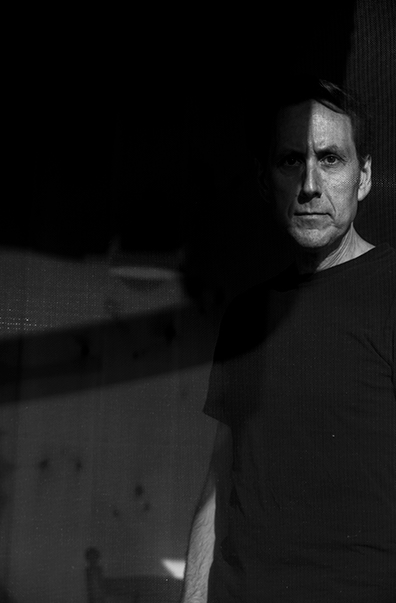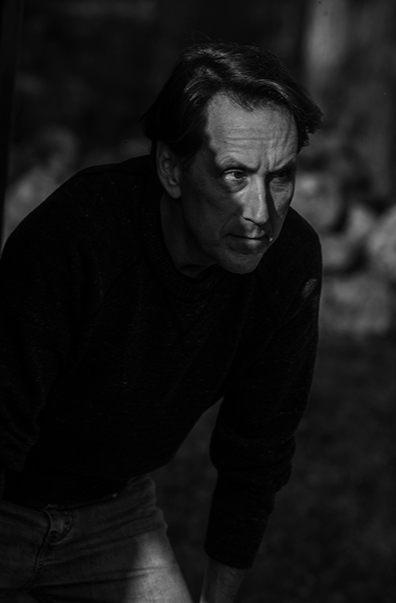Orientation

“The patient stands there, and you stand here.”
Mark was pointing at two X’s made of wide yellow tape on the carpet. They were 6 feet apart—the new safe distance—and indicated where we were to stand when reviewing chest X-ray results with patients.
This was part of the March orientation for the brand-new respiratory illnesses clinic, serving patients who needed an in-person evaluation but weren’t sick enough to be sent to the emergency room.
Orientation is a little unusual when everyone you see is wearing a mask and goggles. Some of us had goggles over our glasses. I knew a few of the people and recognized them by their eyes, voice and general shape. The others? I got a few first names, but that’s about it. I’ll never know if I pass them in a hallway someday. Even though we were working together in this crucible of a clinic, we were somehow having a self-isolating experience. Fitting, I guess.
In this pandemic there’s a lot of sorting that is based mostly around the fact that we don’t have enough, or fast-enough, tests. Patients first call their doctor’s office and answer a bunch of checklist questions. The criteria change every day. So far, people who are not in a high-risk group will most likely be asked to stay at home and monitor symptoms. We call them back three times over the next week to see how they’re doing.
Sometimes on the phone, people are told to go to the emergency room. And sometimes they are booked into this new urgent clinic where I am working.
Patients get escorted through a rabbit’s warren of makeshift walls designed to keep everyone as far apart as possible and are finally ushered into an exam room, where I get to see them. The first thing I have to do is ask them not to touch anything but the exam table. Then we look each other in the eyes.
And I realize how unhelpful this is. I’m disoriented.
As a doctor, I rely on being able to study my patients. In a normal visit, I watch them walk down the hall to the exam room; I see them climb onto an exam table. And I get to see their whole face. How tired are they? Do they have trouble forming words? Is their mouth dry? And, because I know them, I know what is normal and what is not.
Here, I have none of this. I get the clearest feeling I’ve ever had of having one hand tied behind my back.
And what must the patient feel? Already sick and scared, they can’t be reassured talking with this masked stranger who is wearing two sets of glasses.
I next try what I normally do: I ask the patient to tell me what’s going on. My first patient, a man in his 60s who has just finished radiation for a cancer, starts to tell me how he’s been feeling. But I have to stop him.
I recall that the system—the incredibly efficient system built by really smart people at my hospital—doesn’t really care about his full story, even though I do. My natural doctor’s reflex and curiosity are of no matter. I can almost feel my second hand being tied behind my back, but knowing that it’s for a greater good eases this sensation.
I must turn to the computer and start going through the checklist of symptoms. Everyone I see this day qualifies for the SARS-CoV-2 test. Two-thirds of them will test positive.
I also order some chest X-rays to help sort the sick from the sicker. I stand in the hallway and see one of my colleagues standing on the yellow X while she tells a patient that he’ll have to go to the ER. The X-ray shows a pneumonia, and it’s likely COVID-19. I can’t read how the patient is taking the news. Closer to me, I hear our nurse call the ambulance to take the patient on a two-block ride to the ER. The patient is ushered to a special waiting room.
I wait for my patient to be escorted to the yellow X, and I walk down the hallway with better news to deliver. I smile under my mask as I tell him that his X-ray is normal. I look at the corners of his eyes to see whether he’s smiling. He doesn’t seem to be. I keep talking, trying to center my smile in my eyes and forehead, but it doesn’t seem to be working.
Why should he be reassured? I have nothing really to offer him. He’s not feeling well. Why should he smile? Is he any less scared than when he came in? At this moment, I can’t find out the answer to this question.
In 24 hours he’ll get the call that his test is positive, but the advice won’t change much. Self-quarantining will become self-isolation. We’ll continue calling to check in. If things get worse, go to the ER.
